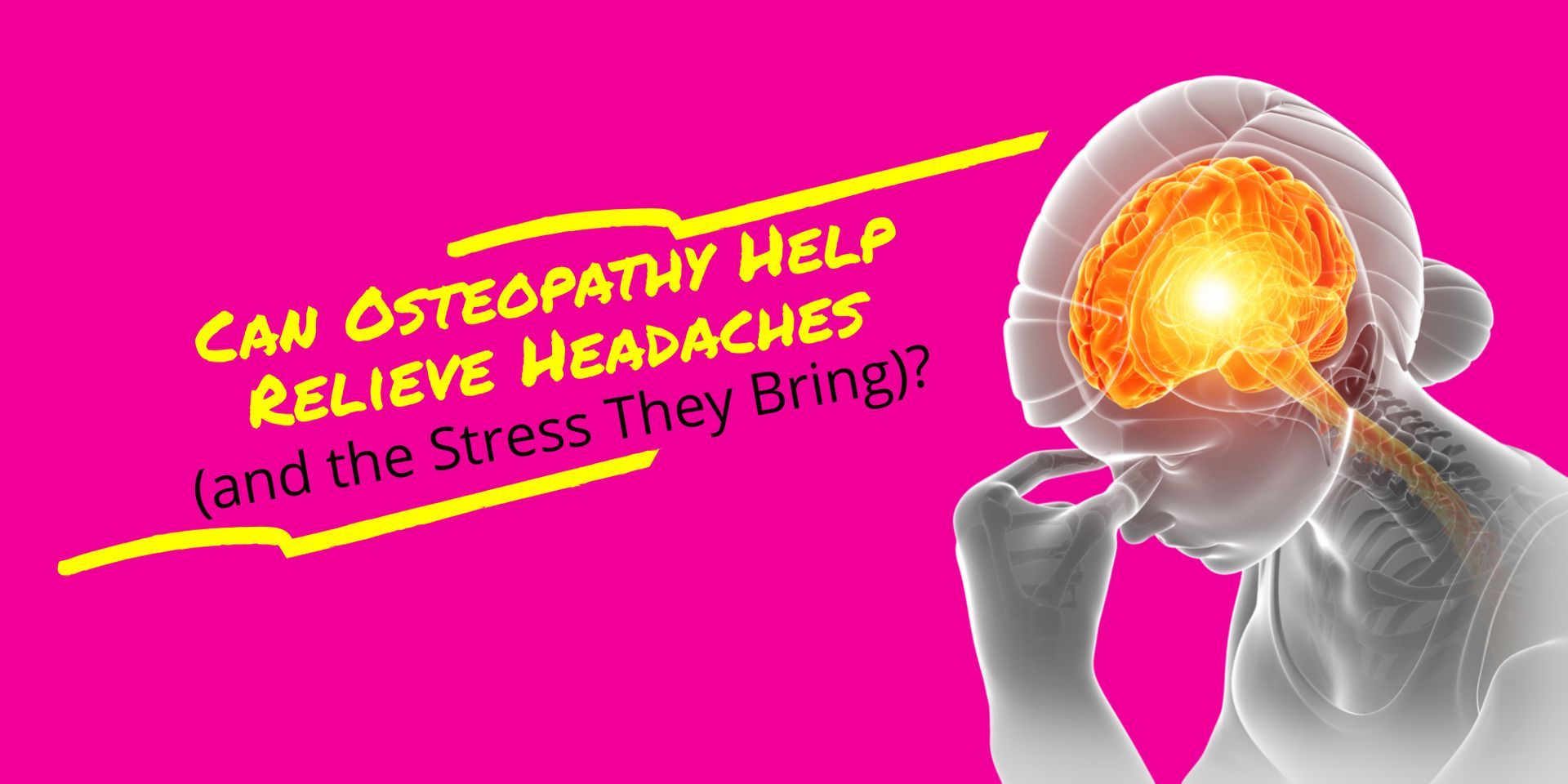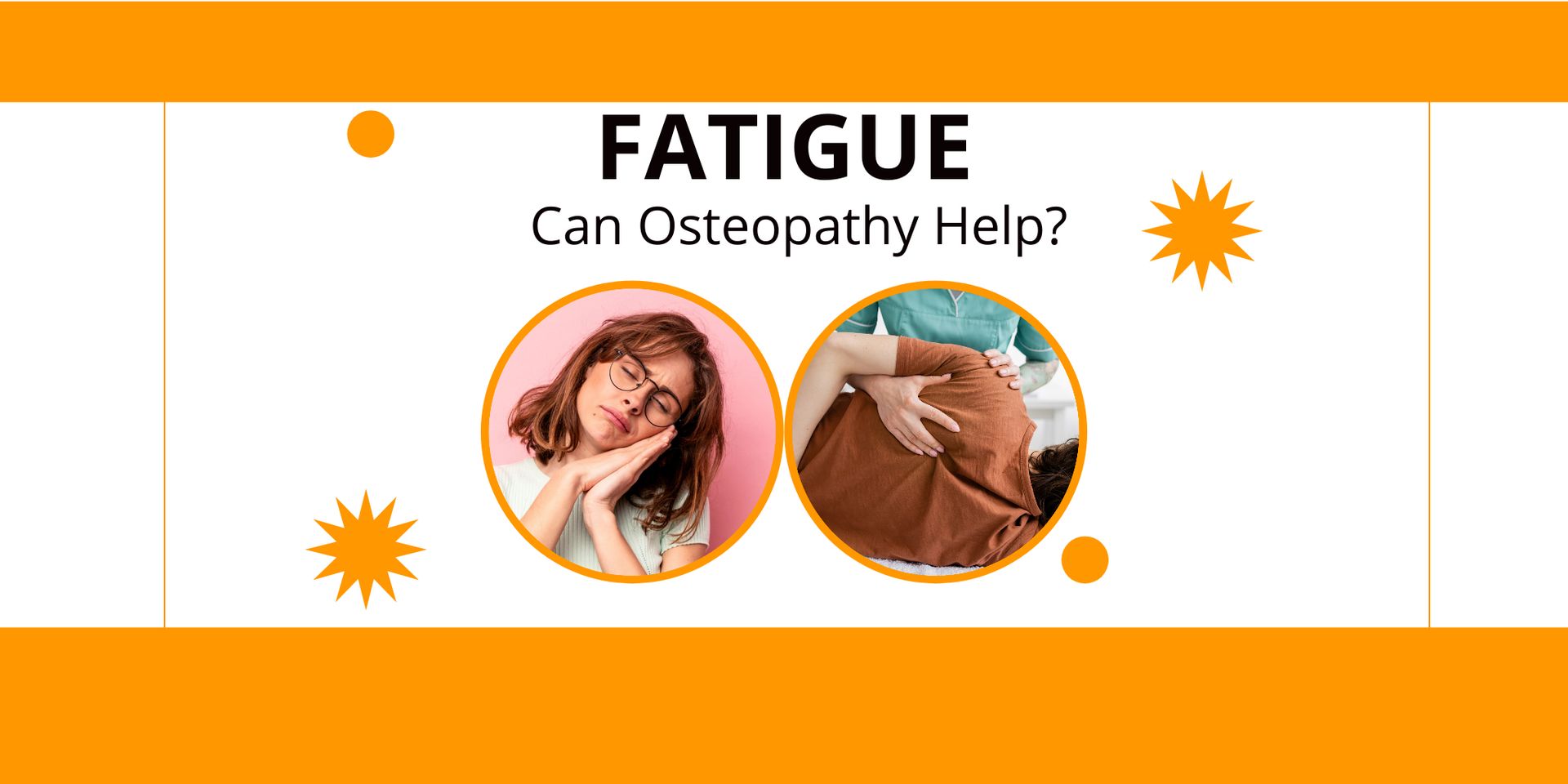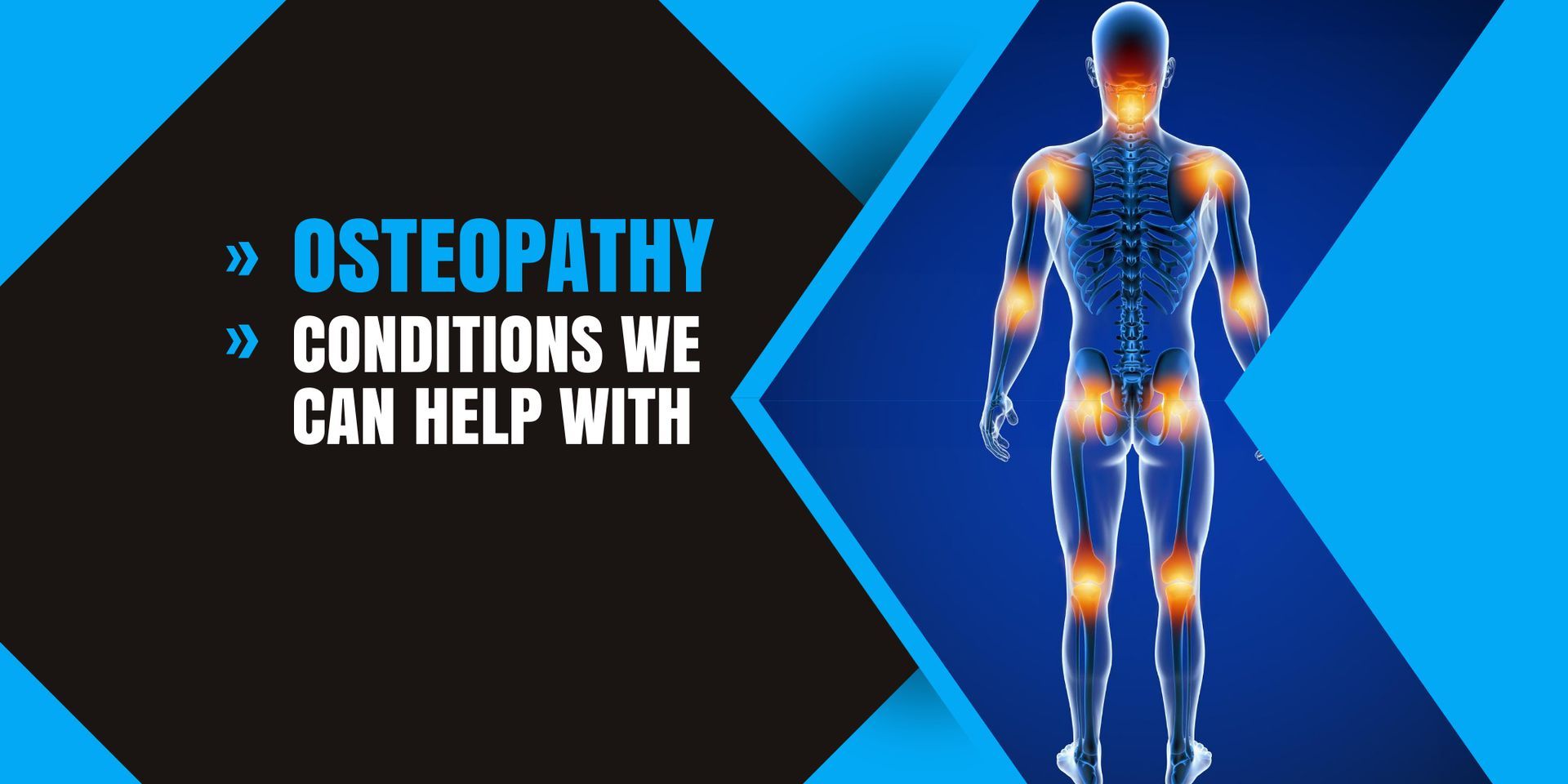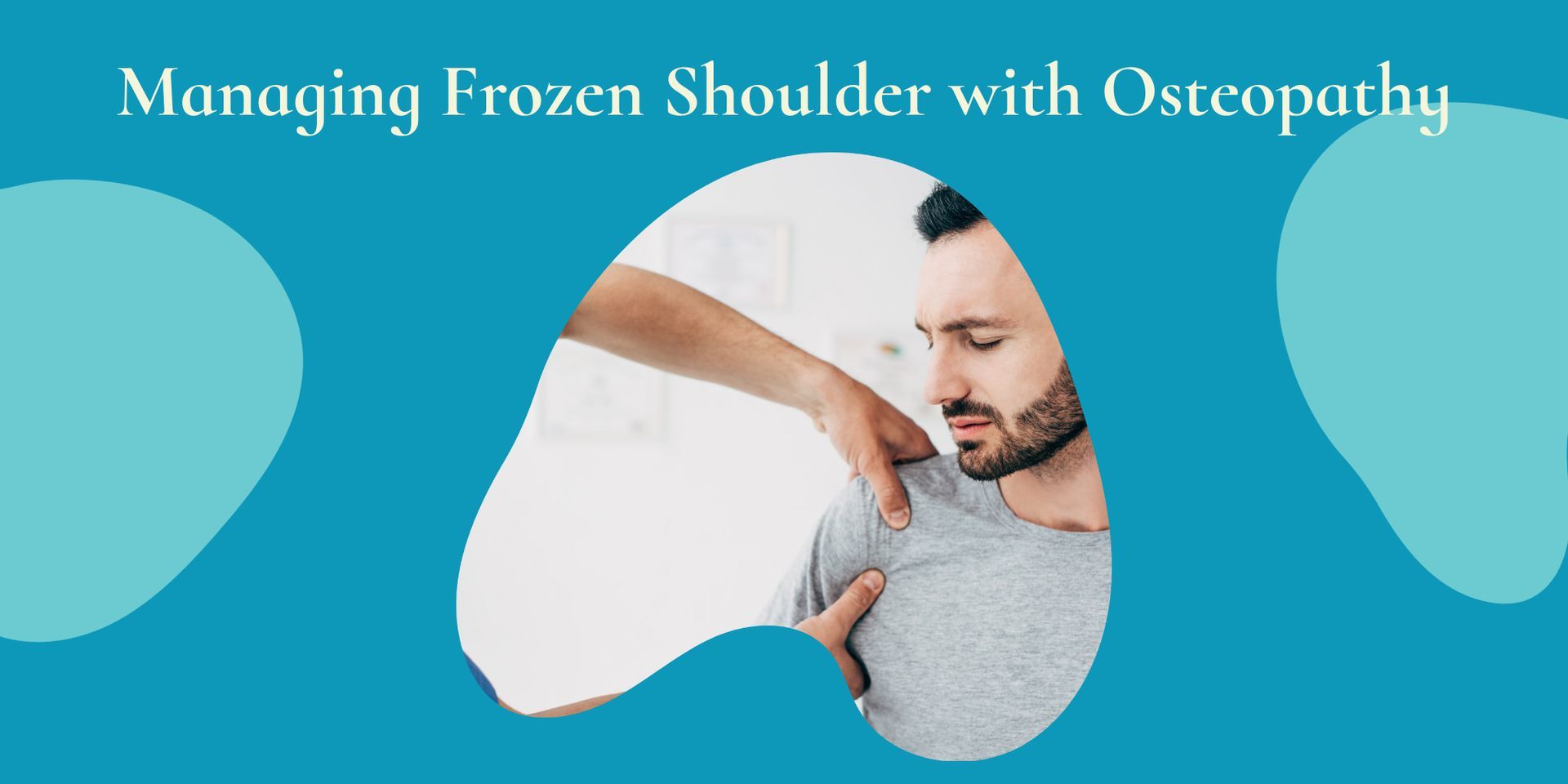What are the most common causes of back pain
Back pain - it can be unbearable...
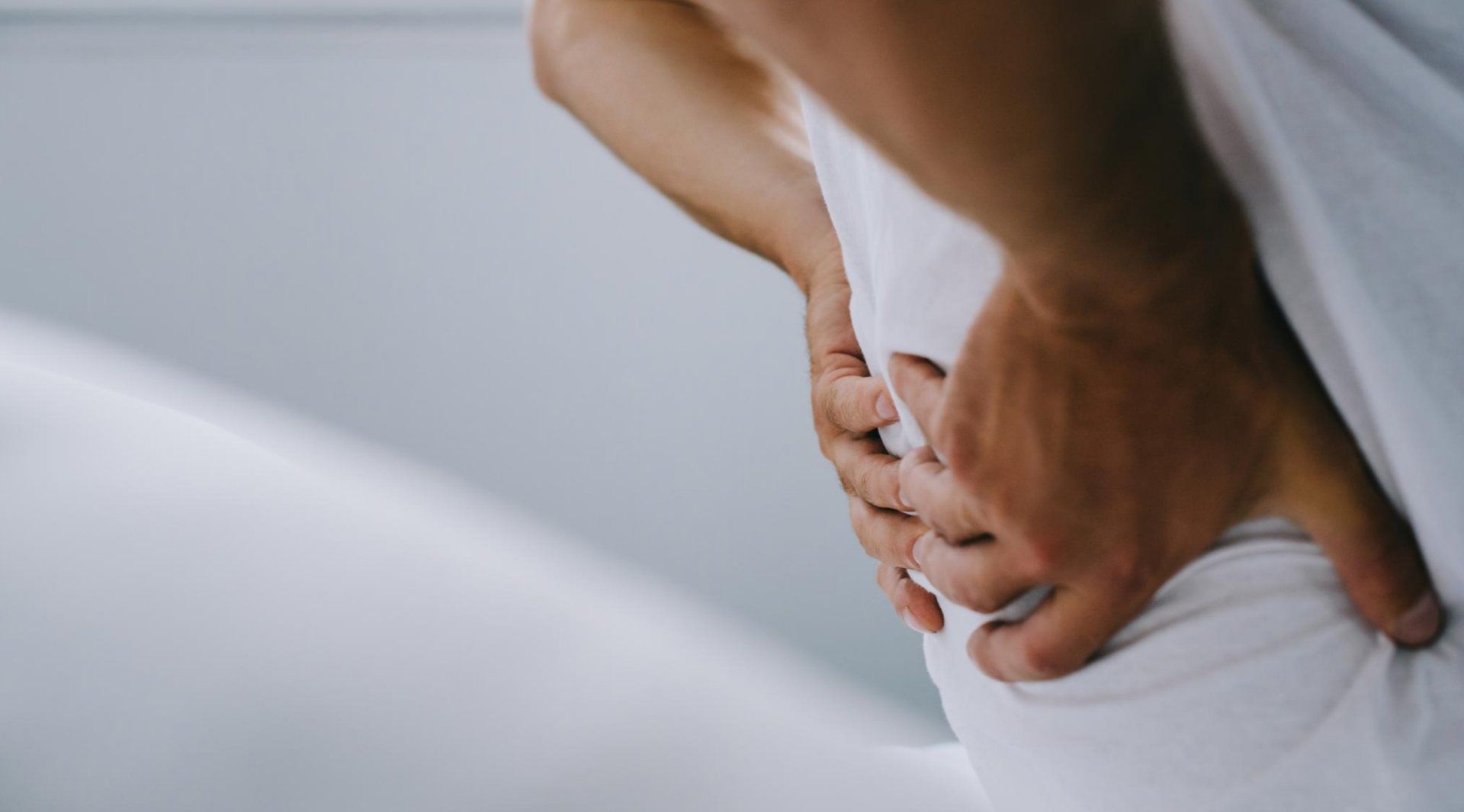
Every day GP surgeries are full of people complaining about back pain and discomfort and unfortunately for many it isn’t the first visit. In reality, back pain can be debilitating, severely affecting quality of life and limiting enjoyment of life. If this sounds like your situation, then it’s time to stop putting up with the pain and seek professional help to ease your symptoms.
Common causes of back pain and discomfort
So what are the most common causes of back discomfort? One of the most frequent causes of sudden back pain is injury through sport. Most working adults have limited recreational time and as a result are only able to manage sporadic exercise sessions or activity. While any exercise is better than no exercise at all, irregular training will leave you vulnerable to injury.
Many people injure their back following a spontaneous game of golf or an impromptu game of football with their offspring. This is primarily due to straining and overexerting muscles than are not used to being worked. The best means of defence is to carry out regular exercise to strengthen core muscles which will enable the spine to move more freely and to handle more strenuous exercises. This doesn’t have to involve signing up to an expensive gym membership or hiring a personal trainer, many back strengthening exercises can take place at home with the use of an inflatable exercise ball. Working on your abs will stretch and strengthen your core muscles – as well as increasing your fitness levels which is great for all round health.
Poor lifting technique
Another major cause of back injury is a poor lifting technique. It’s no surprise that many back injuries occur during the weekend when homeowners decide to get to work on their home improvement project or make a start on clearing the garage. By adhering to some simple rules when lifting heavy objects, people can avoid placing their back under excessive strain and suffering the pain and discomfort that such an injury can bring.
Safe lifting involves distributing some of the weight of the object you’re carrying to the legs. Lift by bending your knees and lowering yourself to the ground, always ensuring your back remains straight. Never bend at the waist. The closer the object is to you, the less pressure is placed on your back. Importantly, never turn around, twist or pivot during the lift itself – change direction with your feet not your stomach.
Sitting still
Surprisingly, sitting still can be just as damaging to your spine and back muscles as movement. People spend vast amounts of their day sitting at a computer terminal or driving in the car. Add these hours together and over the course of the week you might have spent more than 50 hours in a sitting position with poor posture. Over time, this will have a negative impact on your back as the discs will be receiving a restricted blood supply. Movement helps to circulate fluid through the discs so to counteract long periods of sitting still, get up and move frequently – even if it’s just to make a cup of tea – so that you are able to stretch your muscles and change positions.
Correct posture
When reading, ensure the book or computer screen is at eye level and never bend or lean over which will cause the spine to bend. Businesses are legally responsible for ensuring the health and safety of their employees and will be only too willing to ensure that your chair adequately supports your back and to identify solutions that will help ease any current back problems. Additionally, consider doing some chair-based exercise to help strengthen your back throughout the working day. A simple but effective exercise is pulling your stomach muscles inwards towards your spine and squeezing in your waist to help strengthen the spine.
Don't suffer in silence
Many people suffer in silence before approaching an osteopath for help in alleviating their condition only to regret not tackling the problem sooner once they receive treatment. Ignoring your symptoms will only make it worse and it’s better to seek help quickly rather than exacerbating the issue.



